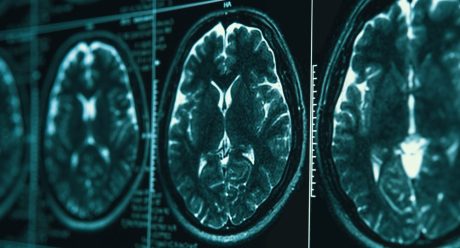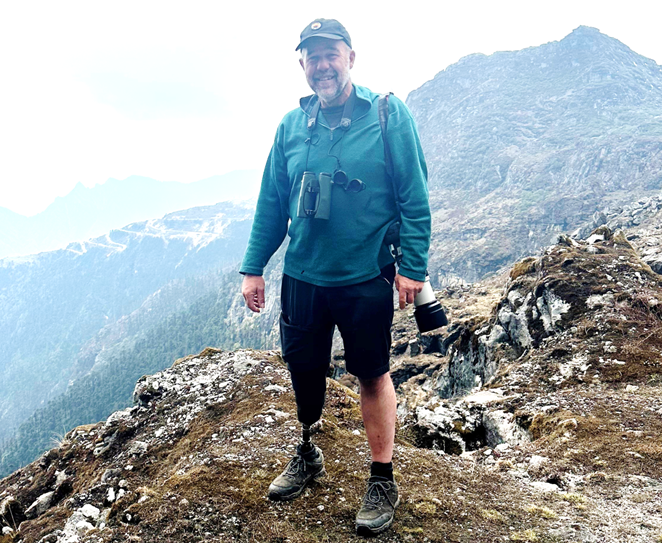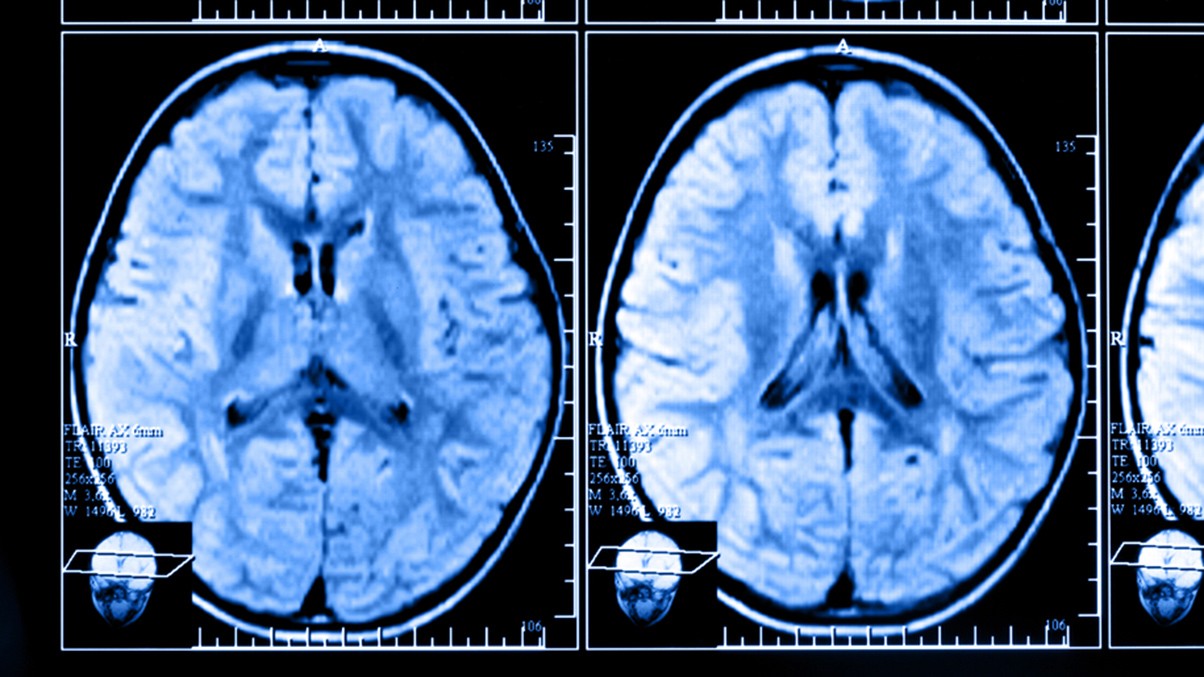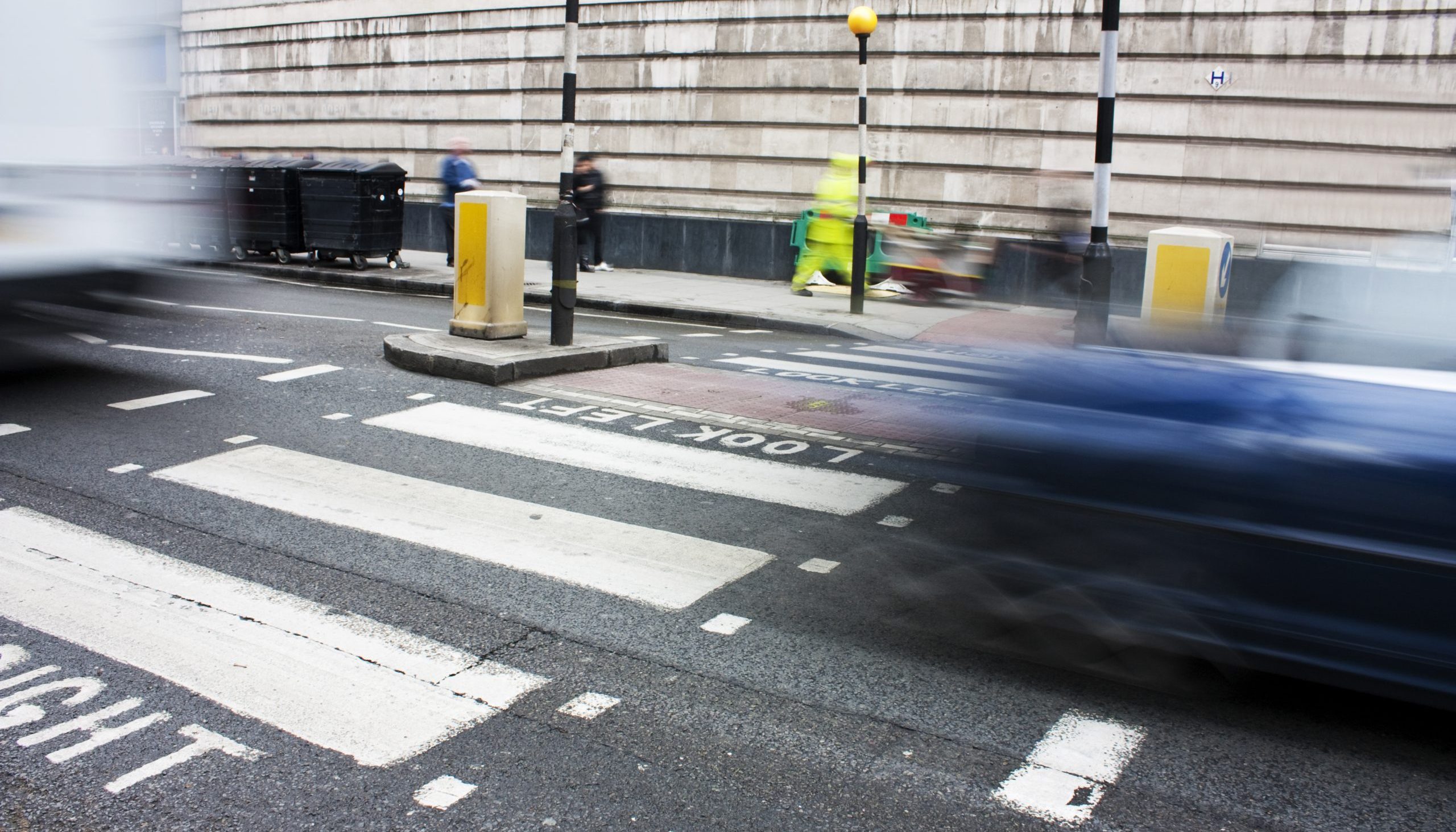Our client SY was walking in London with friends in June 2017 when she was knocked down by a moped in a suspected mobile phone ‘snatch and grab’. SY sustained serious injuries in the attack, including to her brain and skull.
Rebecca Huxford, a senior associate in our International Injury department, conducted SY’s serious injury claim and reviews the case here with paralegal Natalya Salt.
The incident
SY is a US citizen who, at the time of the accident, was a 20-year-old fourth-year public relations and strategic communications student completing an internship at an advertising firm in London.
While walking along the pavement towards a bus stop in Angel, SY was knocked over by a pair of individuals on a moped. The driver and passenger fled the scene. The police attended but could not find the moped driver and passenger.
Paramedics and the Helicopter Emergency Medical Service (HEMS) arrived on the scene, where SY was found to be in a critical condition. She was intubated (insertion of a tube into the windpipe to help with breathing) and transferred to the Royal London Hospital. On admission, SY was found to have sustained a severe traumatic brain injury and complex skull and facial fractures. There were concerns that the pressure levels within SY’s head were too high, so an intracranial pressure monitor was inserted. SY remained in hospital for two weeks until she was sufficiently stable to return to the US.
Instruction of Stewarts
SY instructed Stewarts’ specialist International Injury team, with Rebecca Huxford leading on the case.
As the moped driver could not be traced, Stewarts made early contact with the Motor Insurers’ Bureau (MIB) under the terms of the Uninsured Drivers Agreement and the claim was pursued against the MIB. The MIB accepted liability for SY’s injuries.
Funding for rehabilitation
Following the accident, SY had cognitive impairment, including difficulties with her memory, concentration and word finding. She also struggled with double vision, depression and anxiety.
During the claim, Stewarts worked hard to secure a total of £55,000 in interim payments. These funds were used towards the medical bills SY had incurred in the UK, along with the cost of rehabilitation input SY received in the US.
The legal case
In untraced claims, the MIB will take the lead in gathering the relevant evidence required to assess how much compensation should be awarded. A claimant’s solicitor will guide and advise their client on the steps taken by the MIB and, where appropriate, make suggestions about what evidence should be obtained. If necessary, the claimant’s solicitor will take steps to obtain evidence.
A substantial part of SY’s claim was her future loss of earnings. Before her injuries, SY was achieving very good grades at university and was working towards pursuing a career in public relations (PR). However, despite returning to university to complete her final year, she found studying more challenging and had to work significantly harder.
Following graduation, SY decided not to pursue a career in PR. She felt she no longer had the cognitive and psychological attributes required to pursue such a career successfully. SY managed to secure a role as a solutions consultant for a workforce management company but had to work considerably harder than her peers and colleagues to operate at a similar level and reach career milestones. This was supported by the expert neuropsychologist, who stated SY’s career potential had been compromised by her brain injury.
SY’s case was that her career trajectory following injury was likely to be much slower and less progressive. By not being able to pursue a career in public relations, her earnings potential was likely to be significantly lower. As SY was a US citizen and had wanted to pursue a career in a highly competitive industry, we formed the view that to quantify SY’s future loss of earnings accurately, the MIB should instruct a US-based employment expert. The MIB would not accept the trajectory of SY’s career path had she not been injured. They disagreed that a US expert should be instructed, instead suggesting a UK vocational case manager would be able to assess SY’s future earnings potential.
The settlement
The MIB offered to settle SY’s claim without instructing an employment expert. The MIB did not use the conventional approach for assessing loss of earnings, which is to use actuarial tables known as the Ogden tables. The Ogden tables set out multipliers that are applied to the present-day value of a future loss or expense to take into account accelerated receipt and other variables, such as the level of disability following injury.
Instead, the MIB adopted a Blamire/Smith v Manchester approach. A Blamire award is appropriate where the evidence shows a continuing loss of earnings, but there are too many uncertainties to adopt the Ogden tables. A Smith v Manchester award is calculated by making an award representing between three months to two years of net earnings to reflect the fact that a claimant may spend longer between jobs and their injury reduces the range of available jobs. Both approaches are broad brush in their calculation and should only be used in exceptional cases.
As we did not have expert evidence to rely on, we carried out significant research into the US PR industry. In addition, we took a witness statement from a university peer of SY who has pursued a PR career. We then analysed this information and compared it with SY’s actual and future earnings as a solutions consultant, including potential promotions. We then applied the Ogden tables approach and arrived at a substantially higher figure for future loss of earnings than the MIB. We went back to the MIB to argue that the broad brush approach should only be used in exceptional circumstances and set out the basis on which we had calculated SY’s loss of earnings claim.
After applying the Ogden tables method, the MIB responded with a substantially increased offer, which SY accepted.
Comment
Rebecca Huxford comments: “SY is a remarkable person. Having sustained a severe traumatic brain injury, she has gone on to complete her university education and successfully obtain employment despite the ongoing challenges of her injuries. By challenging the MIB within the constraints of the Untraced Drivers Agreement, we were able to navigate to a strong outcome that should provide financial security for SY. It is hoped this settlementto put this chapter of her life behind her and focus on a bright future.”
SY comments: “Thank you so much for the work that you’ve done, especially to help resolve this little hiccup in the process of me getting my award. And I want to thank you exponentially for working with my family and I and everyone else you talked to throughout the whole process to get this case closed. It is such a wonderful feeling to know that I, and my family can finally put this behind us, as it has hung over our heads for a long time now. We appreciate you and your firm more than you can imagine.”
You can find further information regarding our expertise, experience and team on our International Injury page.
If you require assistance from our team, please contact us.
Subscribe – In order to receive our news straight to your inbox, subscribe here. Our newsletters are sent no more than once a month.






